Beauty and the Beast (1946 film)
9 /10 1 Votes
4.8/5 Amazon 92% Metacritic Genre Fantasy, Romance Duration | 8/10 IMDb 95% Rotten Tomatoes Country France | |||||||||||||||||||||||||||||||||
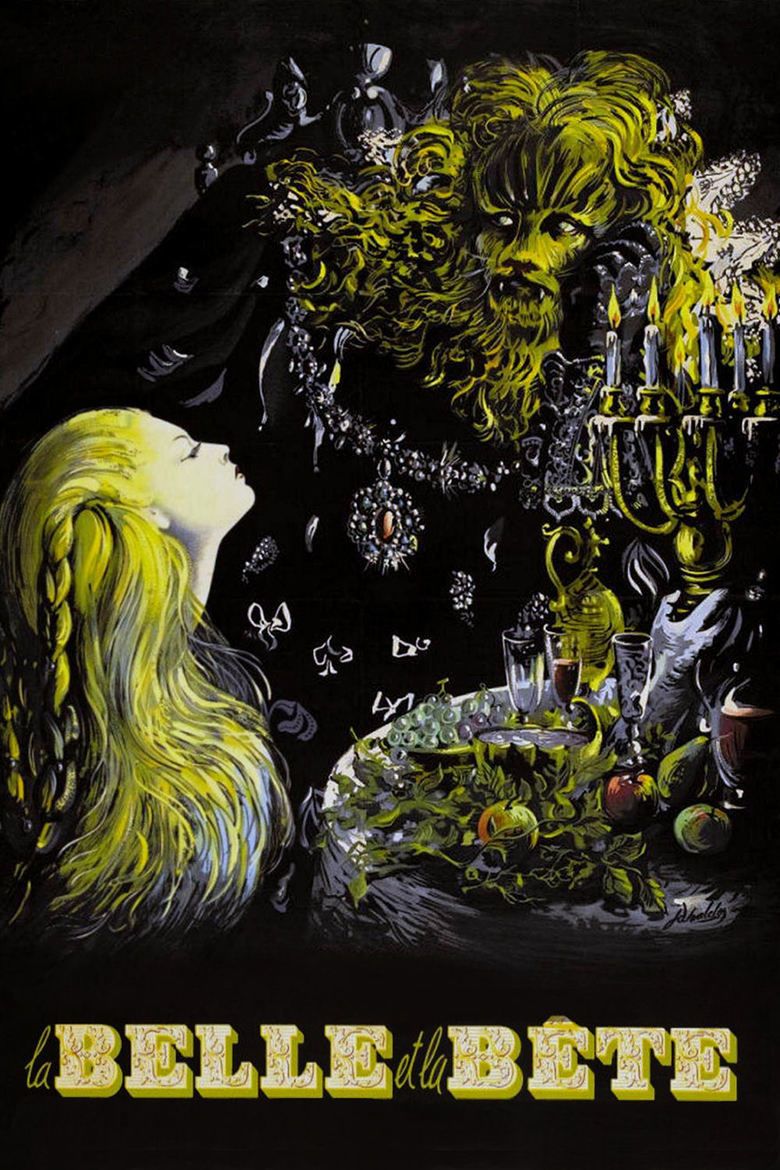 | ||||||||||||||||||||||||||||||||||
Release date 29 October 1946 (1946-10-29) Writer Jean Cocteau (dialogue), Jean Cocteau (screenplay), Jean Cocteau (story), Jeanne-Marie Leprince de Beaumont (story) Directors Jean Cocteau, Rene Clement, Emile Darbon Story by Jean Cocteau, Jeanne-Marie Leprince de Beaumont Cast (The Beast / The Prince / Avenant), (Belle), Marcel André (Belle's Father), (Félicie), (Adélaïde), (Ludovic)Similar movies Jurassic World , Self/less , Pirates of the Caribbean: Dead Man's Chest , Mothra vs. Godzilla , Godzilla , The Return of Godzilla Tagline Il était une fois | ||||||||||||||||||||||||||||||||||
Beauty and the Beast (French: La Belle et la Bête) is a 1946 French romantic fantasy film directed by French poet and filmmaker Jean Cocteau. Starring Josette Day as Belle and Jean Marais as the Beast, it is an adaptation of the 1757 story Beauty and the Beast, written by Jeanne-Marie Leprince de Beaumont and published as part of a fairy tale anthology.
Contents

The plot of Cocteau's film revolves around Belle's father who is sentenced to death for picking a rose from Beast's garden. Belle offers to go back to the Beast in her father's place. Beast falls in love with her and proposes marriage on a nightly basis which she refuses. Belle eventually becomes more drawn to Beast, who tests her by letting her return home to her family and telling her that if she doesn't return to him within a week, he will die of grief.
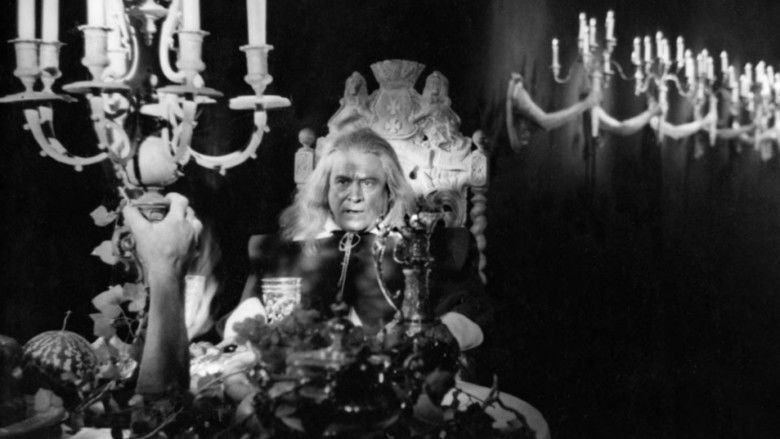
Beauty and the Beast is now recognized as a classic of French cinema.
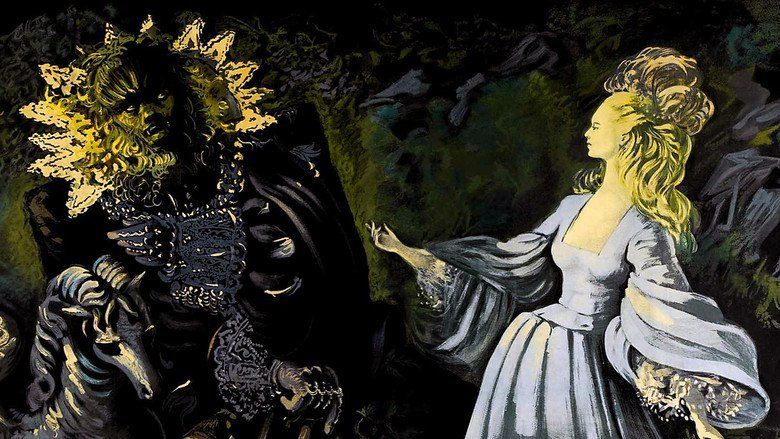
Plot

While scrubbing the floor at home, Belle (Josette Day) is interrupted by her brother's friend Avenant (Jean Marais) who tells her she deserves better and suggests they get married. Belle rejects Avenant, as she wishes to stay home and take care of her father, who has suffered much since his ships were lost at sea and the family fortune along with them. Belle's father (Marcel André) arrives home announcing he has come into a great fortune that he will pick up the next day, along with gifts for his daughters, Belle's shrewish sisters Adelaide and Felicie. Belle's roguish brother Ludovic (Michel Auclair) signs a contract from a moneylender (Raoul Marco) allowing him the ability to sue Ludovic's father if he can't pay.
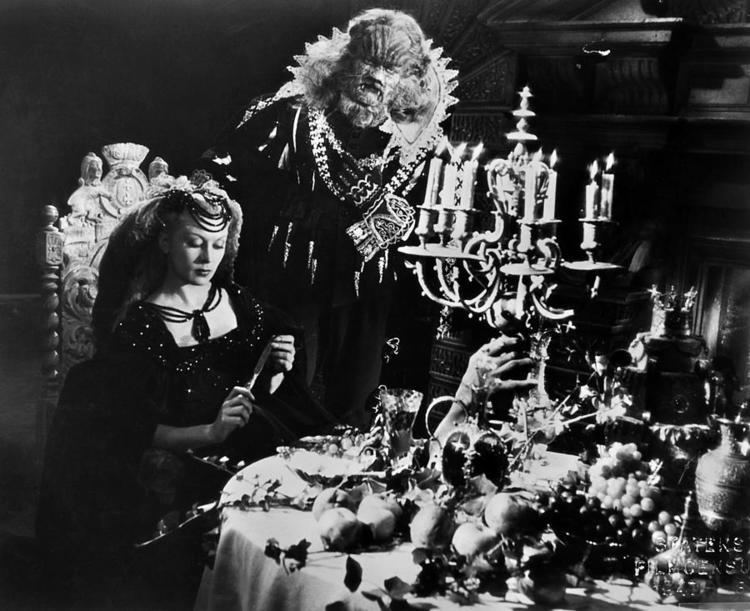
Later, Belle's father finds on his arrival that his fortune has been seized to clear his debts and he is forced to return home through a forest at night. Belle's father gets lost in the forest and finds himself at a large castle whose gates and doors magically open themselves. On entering the castle, he is guided by an enchanted candelabra that leads him to a laden dinner table where he falls asleep. Awakened by a loud roar, he wanders the castle's grounds. Remembering that Belle asked for a rose, he plucks a rose from a tree which makes the Beast (Jean Marais) appear. The Beast threatens to kill him for theft but then suggests that one of his daughters can take his place. The Beast offers his horse Magnificent to guide him through the forest home.

Belle's father explains the situation to his family and Avenant. Belle agrees to go and take her father's place. She rides Magnificent to the castle, finding the Beast. Belle faints at the sight of him and is carried to her room in the castle. Belle awakens to find a magic mirror which allows her to see anything. The Beast invites Belle to dinner, where he tells her that she's in equal command to him and that she will be asked every day to marry him. Days pass as Belle grows more accustomed to and fond of the Beast, but she continues to refuse marriage. Using the magic mirror, Belle finds her father deathly ill. The Beast grants her permission to leave for a week. He gives Belle two magical items: a glove that can transport her wherever she wishes and a golden key that unlocks Diana's Pavilion, the source of the Beast's true riches.
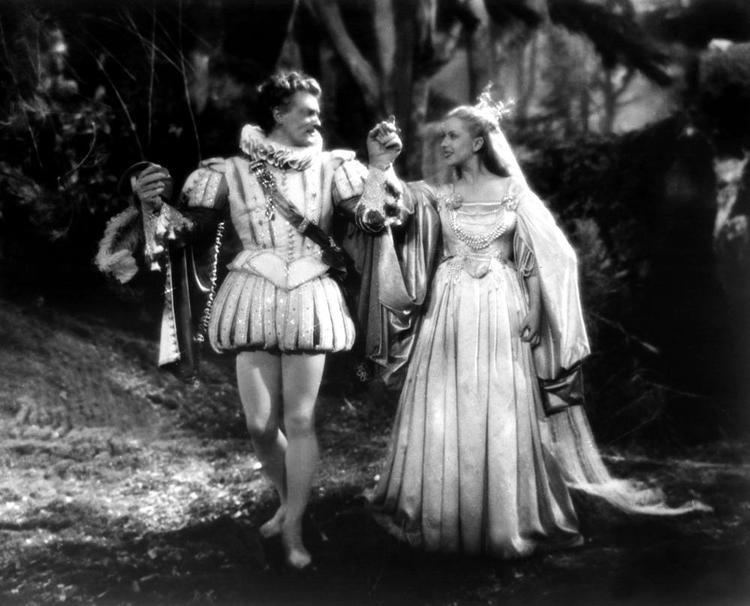
Belle uses the glove to appear in her bedridden father's room, where her visit restores him to health. Belle finds her family living in poverty, having never recovered from Ludovic's deal with the moneylender. Jealous of Belle's rich life at the castle, Adelaide and Felicie steal her golden key and devise a plan to turn Ludovic and Avenant against the Beast. Avenant and Ludovic devise a plan of their own to kill the Beast, and agree to aid Belle's sisters. To stall Belle, her sisters trick her into staying past her seven-day limit by pretending to love her. Belle reluctantly agrees to stay.
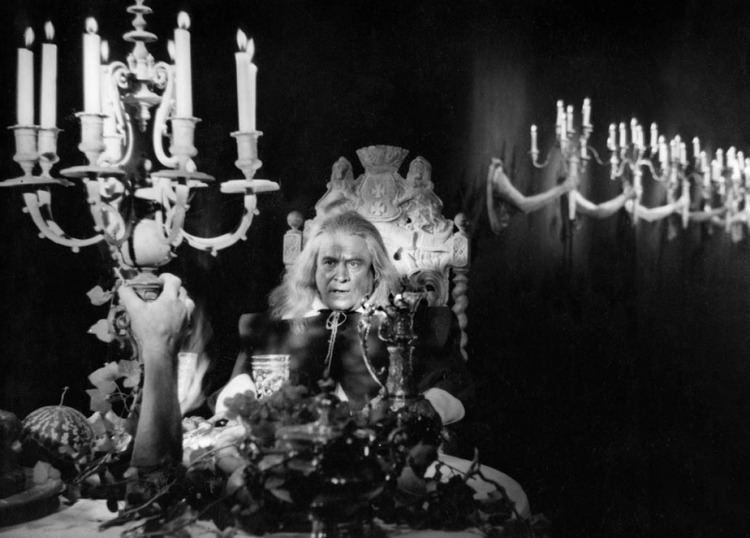
The Beast sends Magnificent with the magic mirror to retrieve Belle but Ludovic and Avenant find Magnificent first, and ride him to the castle. Belle later finds the mirror which reveals the Beast's sorrowful face in its reflection. Belle realizes she is missing the golden key as the mirror breaks. Distraught, Belle returns to the castle using the magic glove and finds the Beast in the courtyard, near death from a broken heart.

Meanwhile, Avenant and Ludovic stumble upon Diana's Pavilion. Thinking that their stolen key may trigger a trap, they scale the wall of the Pavilion. As the Beast dies in Belle's arms, Avenant breaks into the Pavilion through its glass roof and is shot with an arrow by an animated statue of the Roman goddess Diana and is himself turned into a Beast. As this happens, arising from where the Beast lay dead, is Prince Ardent (Jean Marais) who is cured of being the Beast. He explains that because his parents did not believe in spirits, in revenge the spirits turned him into the Beast. Prince Ardent and Belle embrace, then fly away to his kingdom where she will be his Queen, and where her father will stay with them and Belle's sisters will carry the train of her gown.
Cast

Preamble
After the opening credits, Cocteau briefly breaks the fourth wall with a written preamble:
Production
The score was composed by Georges Auric, and the cinematography by Henri Alekan. Christian Bérard and Lucien Carré covered production design. As mentioned in the DVD extras the exteriors were shot in the Château de la Roche Courbon (Indre-et-Loire).
The set designs and cinematography were intended to evoke the illustrations and engravings of Gustave Doré and, in the farmhouse scenes, the paintings of Jan Vermeer.
Reception
Upon the film's December 1947 New York City release, critic Bosley Crowther called the film a "priceless fabric of subtle images,...a fabric of gorgeous visual metaphors, of undulating movements and rhythmic pace, of hypnotic sounds and music, of casually congealing ideas"; according to Crowther, "the dialogue, in French, is spare and simple, with the story largely told in pantomime, and the music of Georges Auric accompanies the dreamy, fitful moods. The settings are likewise expressive, many of the exteriors having been filmed for rare architectural vignettes at Raray, one of the most beautiful palaces and parks in all France. And the costumes, too, by Christian Bérard and Escoffier, are exquisite affairs, glittering and imaginative." According to Time magazine, the film is a "wondrous spectacle for children of any language, and quite a treat for their parents, too"; but the magazine concludes "Cocteau makes about a half-hour too much of a good thing—and few things pall like a dream that cannot be shaken off."
In 1999 Chicago Sun-Times critic Roger Ebert added the film to his The Great Movies list, calling it "one of the most magical of all films" and a "fantasy alive with trick shots and astonishing effects, giving us a Beast who is lonely like a man and misunderstood like an animal." A 2002 Village Voice review found the film's "visual opulence" "both appealing and problematic", saying "Full of baroque interiors, elegant costumes, and overwrought jewelry (even tears turn to diamonds), the film is all surface, and undermines its own don't-trust-a-pretty-face and anti-greed themes at every turn." In 2010, the film was ranked #26 in Empire magazine's "100 Best Films of World Cinema".
Adaptations and homages
References
Beauty and the Beast (1946 film) WikipediaBeauty and the Beast (1946 film) IMDbBeauty and the Beast (1946 film) Amazon.comBeauty and the Beast (1946 film) Rotten TomatoesBeauty and the Beast (1946 film) MetacriticBeauty and the Beast (1946 film) themoviedb.org
